When you’re working out, the last thing you want to worry about is what you’re wearing. Comfort should be more important in the gym than almost anywhere else in life, since your main focus should be your physical performance. Contrary to popular belief, looks come second. You should be rocking whatever makes you feel your best, even if that falls outside of the established norms.
That said, there are a few exceptions to that comfort-over-everything philosophy. If what you’re wearing is going to have a negative effect on your workout, or if it will damage the facility’s equipment, you need to make a change. Just about every time I hit the floor at a big box gym I see at least one of these offenses, so not everyone seems to be aware that they’re part of the problem.
Avoid the wrath of the facility’s owner and your fellow exercisers by ditching these gym faux-pas for good. Let’s focus for the moment on one that’s all about your feet.
Those Boots Aren’t Made for Lifting
The first gym I belonged to after graduating high school had few rules posted on the community board, but only one was deemed so important that it warranted its own sign: NO WORK BOOTS ON THE FLOOR.
I lived in a semi-rural community with plenty of blue collar workers, but this wasn’t the type of place where men couldn’t afford an extra pair of shoes and had to lug their dirty duds into the gym for squats. The footwear was clearly a choice and not a necessity, as I saw guys walk in wearing sneakers, then change into the heavy-duty steeltoes for their workout on multiple occasions. There was a strong contingent of boot wearers mucking up the squat rack, day after day, even after the sign went up.
The dudes in my hometown gym weren’t alone in their thinking. Curious Redditors and lifting enthusiasts on Bodybuilding.com forums have questioned if work boots might actually be the best choice for the big loaded lifts, with staunch supporters touting the way they felt and performed in them—along with the extra-macho vibe they created as they stomped around the weight room.

Boots might give you a better platform for squats than cushioned running shoes, but the workwear is still not appropriate for your workout. Work shoes are clunky and stiff by design, the treads on the sole often create an unstable base for lifts, and they’re more likely to restrict your ankle mobility too much once you lace up. Since people also wear their boots around outside, they’re more likely to be filthy, which is what your gym manager hates the most.
But the larger issue with the guys who insist on breaching protocol and rocking work boots in the gym is that they’re signaling that they don’t care about anyone else’s experience. Trotting out a piece of apparel that is specifically not designed for exercise is a fruitless power move (especially if wearing it is banned), much like setting up shop at a squat rack for endless low rep sets in the middle of weight room rush hour. You should be able to train how you want, when you want—but once you’re in a public place, you have to respect the wants and needs of everyone else around or face the consequences.
The obvious exceptions to the no-boot rule are active duty members of the military or other service members working out in uniform out of necessity, or for extra training. If you’re just out in the world at a normal gym, though, you should still stick to shoes whenever possible.
Better Shoes for Weight Lifting
If you don’t feel stable squatting in your cross-trainers, you’d be better served to pick out a pair of more specialized lifting shoes, or even ditching the shoes and taking on heavy lifts barefoot (although your gym might have rules against that, too).
There are great options out there for exercises like deadlifts and squats, characterized by flat soles and, in some models, wedge platforms. These features can give you the perfect base to press off the ground to create force.
Depending on your preferences (and what types of lifts you’re performing), grab either platform wedge soles like the Adidas Adipower (Olympic lifts), or flat-soled kicks like the Converse Chuck Taylor (powerlifting). Check out these five options if you need more support.
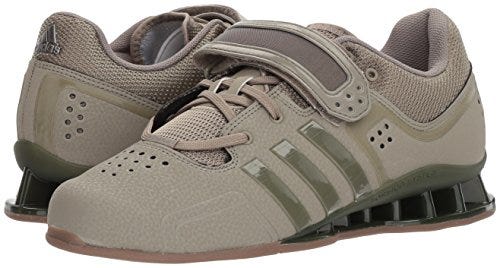
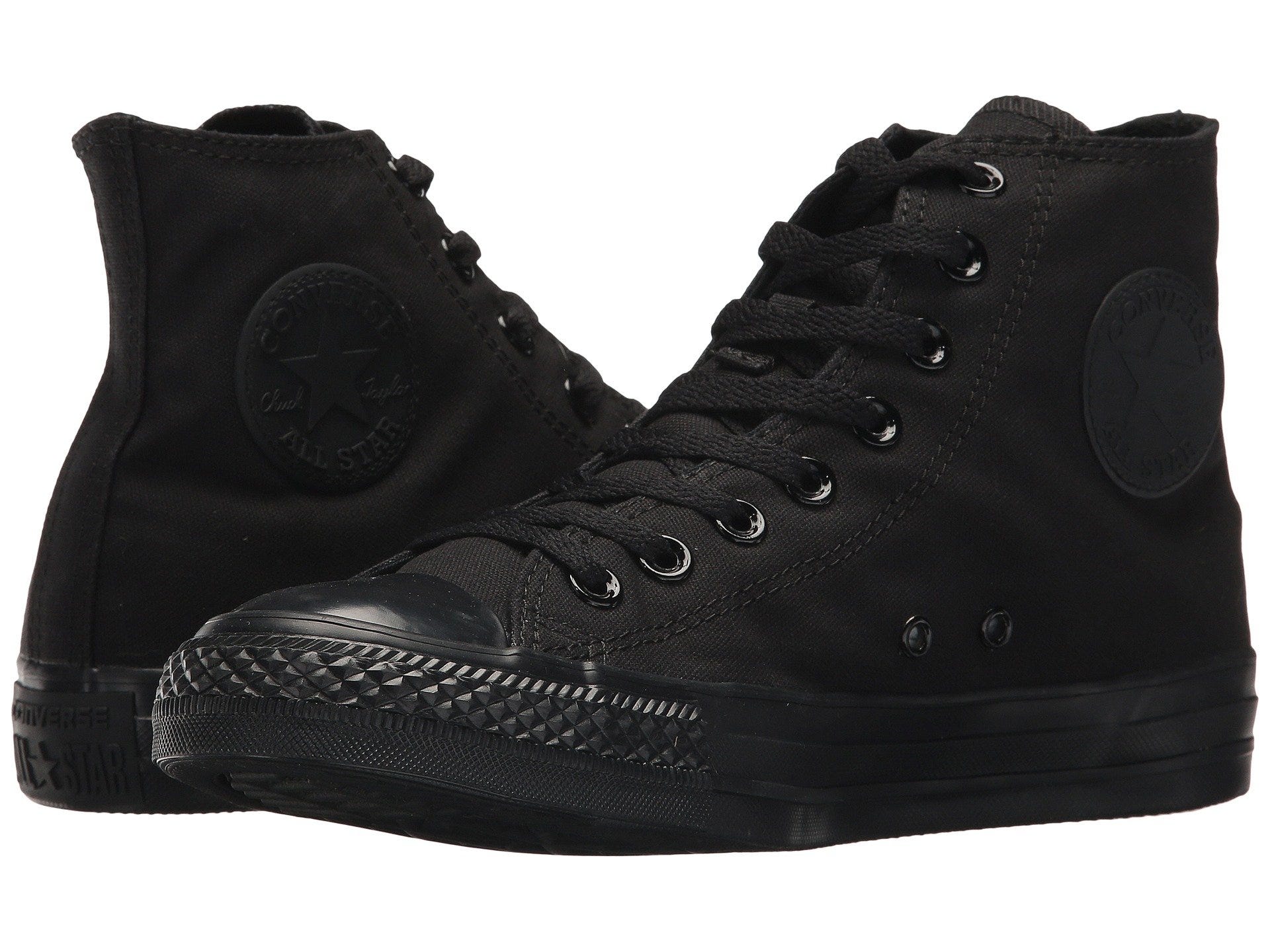
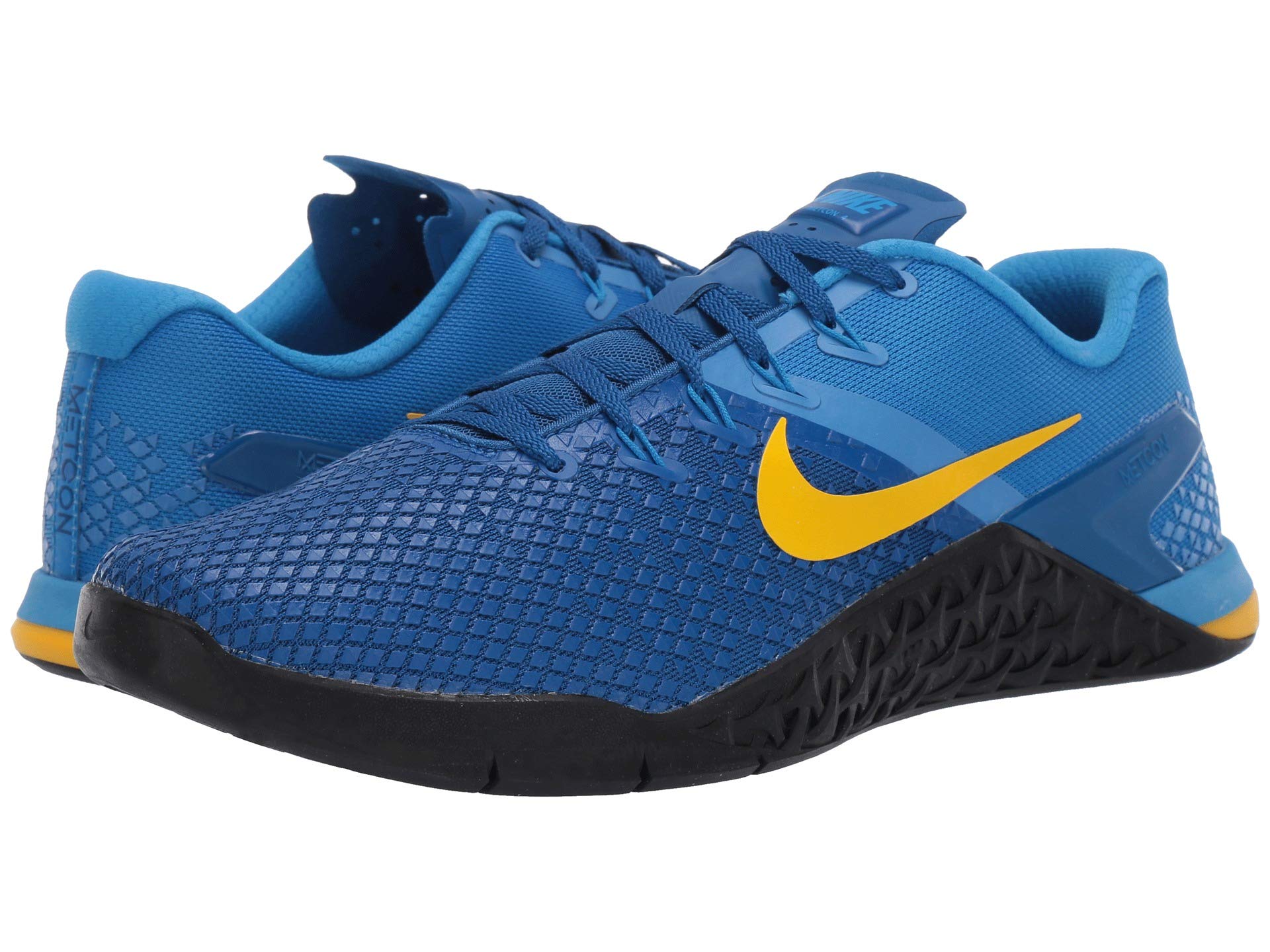
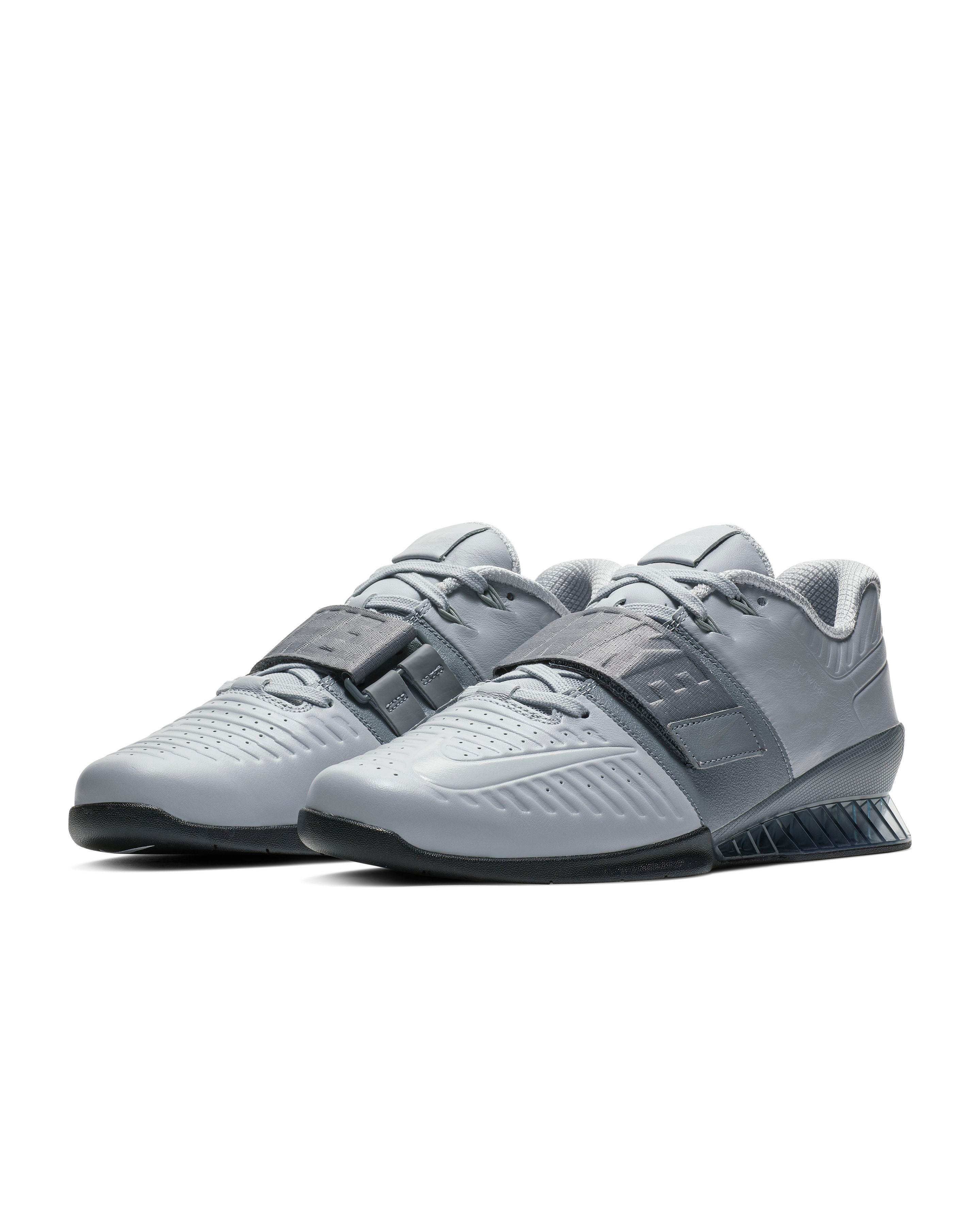
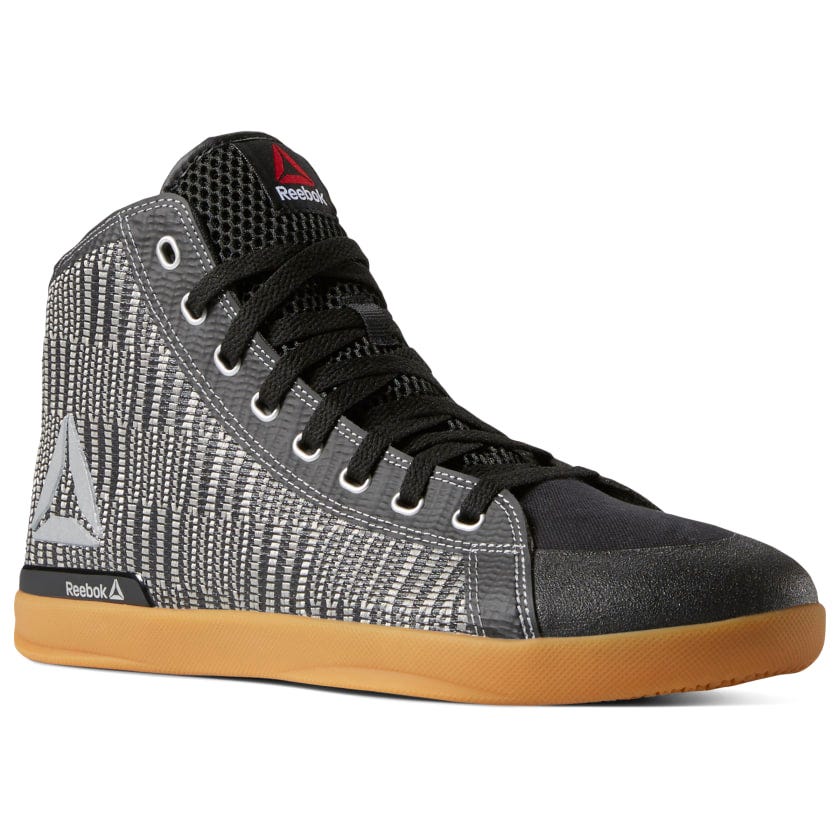
Source: Read Full Article
